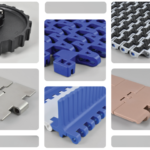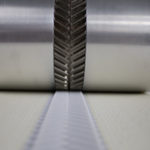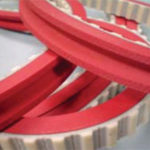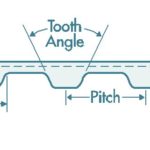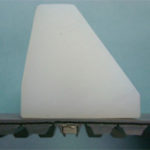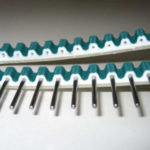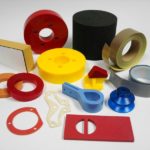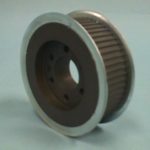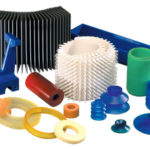Globax news
Blog
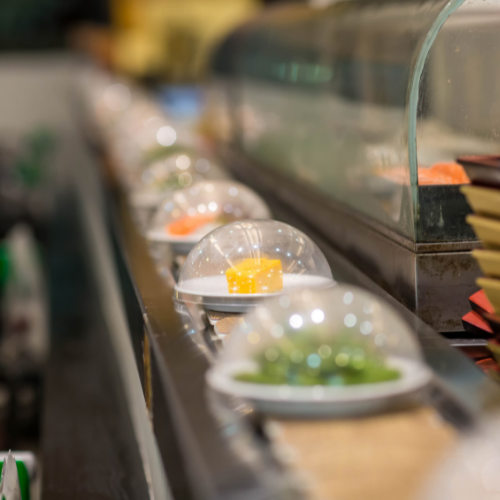
Will We See More Conveyor Belts in Post-Pandemic Restaurants?
Following the pandemic, could there be more conveyor belts used in restaurants?
According to The Spoon:
Consider the sushi conveyor belt. That wondrous, autonomous carrying mechanism that brought delicious bits of salmon, toro and more, right to your seat. While this used to be a kind of fun novelty (here in the U.S. anyway), with the pandemic forcing restaurants to re-think their operations, could we see more conveyor belts once we eat out again?
Restaurant automation company AUTEC thinks so. Admittedly the company, which makes sushi robots and automated conveyor belts for restaurants, has an interest in pumping up such a concept. But according to an email AUTEC sent to The Spoon, it has seen a 100 percent increase in in-bound interest from not just sushi restaurants, but from bakeries and other types of restaurants as well.
Again, we should take AUTEC tooting its own horn with a grain of salt. But if you strip away the marketing aspect, the idea of restaurant conveyor belts, or any type of rail system that brings food to your table makes sense in a post-COVID world. After all, conveyor belts provide a contactless method of food service.
Granted, there would be some kinks to work out to keep hot food hot and not have it go to waste (no one wants that burger and fries that have been around the track three times already). But we’re already starting to see different types of automated table service akin to conveyor belts emerge in restaurants. At the Country Garden robot restaurant complex in China, food is carried from the kitchen to the table via an overhead rail system and then dropped down by tether to the customer. At Alibaba’s Robot.he restaurant, also in China, automated robots on tracks deliver food directly to a table. The Robo Cafe in Dubai has a similar system of Roomba-like robot waiters for customers sitting at the counter.
We know that many restaurants right now are focused on off-premises eating by expanding drive-thrus and building out ghost kitchens for delivery (FWIW, Burger King plans to add conveyor belts for its drive -thrus). But as the vaccines continue to roll out and people return to eating indoors, we could see more dining rooms outfitted with all manner of high-tech conveyances.
